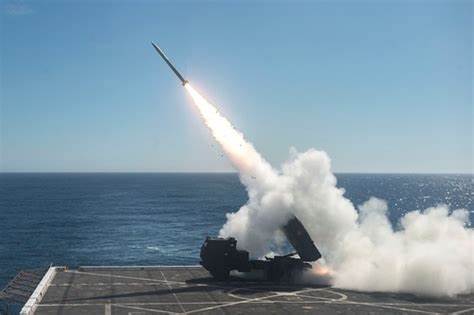
The U.S. Army’s evolution of its Multidomain Task Force (MDTF) represents a significant pivot in military strategy, fostering an environment of enhanced cooperation and interoperability among key allies.

The most recent developments, headlined by the embedding of officers from the United Kingdom and Australia into the U.S. Army’s 3rd Multidomain Task Force based in Hawaii, underscore an increased focus on the Indo-Pacific region and the corresponding strategic challenges.
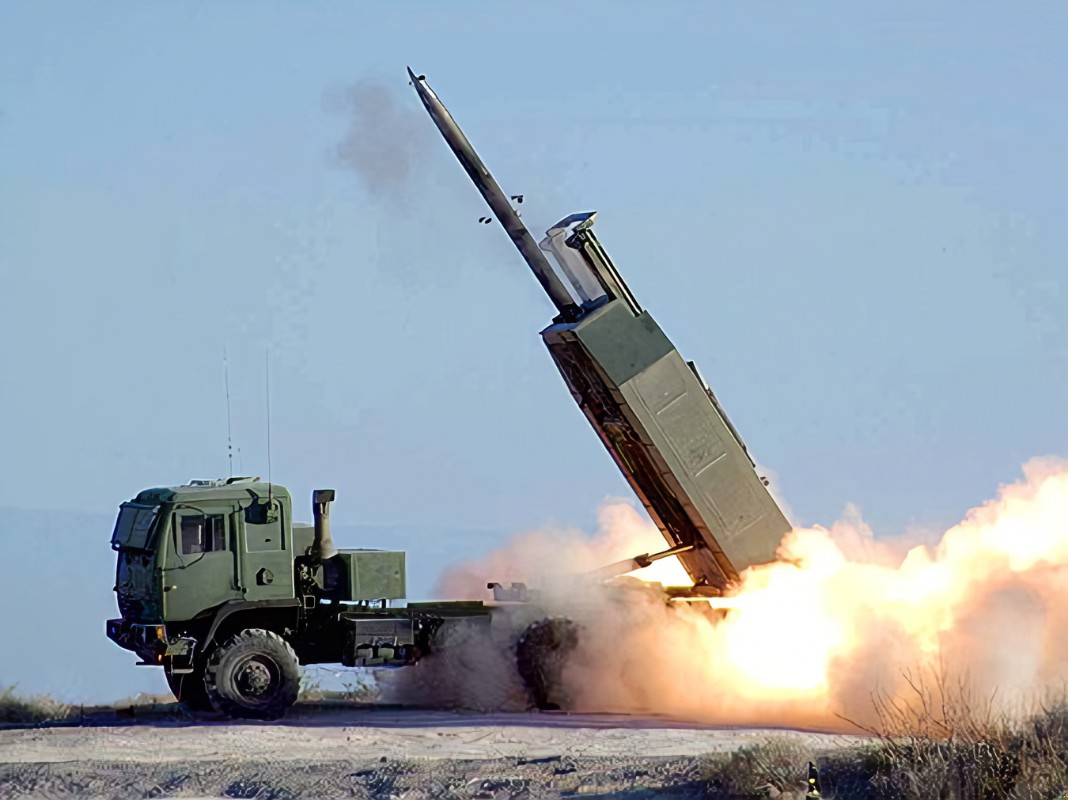
This integration aligns with the broader objectives of the AUKUS security pact between the U.S., U.K., and Australia, which, beyond its primary focus on nuclear-powered submarines, is also nurturing the second pillar aimed at accelerating the development and integration of advanced technologies such as artificial intelligence, quantum computing, hypersonics, and autonomy.

The transnational embedding within the 3rd MDTF is an assertive response to the complex dynamics of modern warfare, where adversaries’ employment of Anti-Access/Area Denial (A2/AD) strategies necessitates a multidimensional approach.
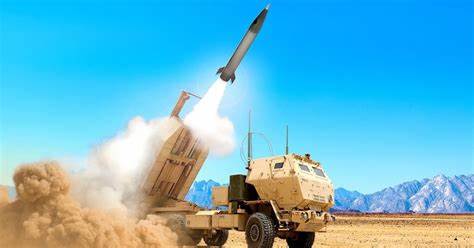
The task force leverages a diverse array of capabilities, including electronic warfare, unmanned aircraft systems, high-altitude balloons, and space sensors.
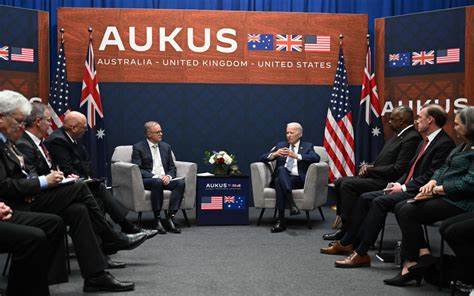
Furthermore, it aims to enhance the effectiveness of long-range precision fires, incorporating artificial intelligence and machine learning to automate aspects of the kill chain and contribute to faster, more efficient decision-making processes.

As Gen. Charles Flynn of the U.S. Army Pacific Command elaborated,

this collaboration is the “initial seed corn of creating that combined capability,” suggesting a vision of future conflict where shared technology and interoperability are paramount.

This sentiment is echoed by Col. Michael Rose, commander of the 3rd MDTF,
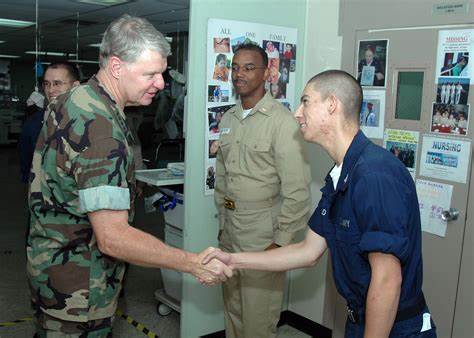
who highlighted the ongoing work with Australian and U.K. partners to build coordination mechanisms, ensuring that in the event of a crisis or conflict, pre-established human, procedural, and technological connections afford commanders a broad range of options.

The integration of officers from Australia and the U.K. into the MDTF is not only an exercise in trust and partnership but also an affirmation of the participating nations’ commitment to securing a rules-based international order.
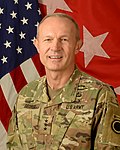
This endeavor is proactive, aiming to deter adversaries by showcasing a unified front and the capability to respond effectively to threats across all domains.
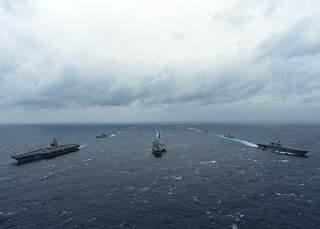
It’s a natural progression for the MDTFs to delve into technology development within AUKUS Pillar 2, as their inherent structure and purpose align seamlessly with the initiative’s objectives.

The synergy created through AUKUS and the MDTF serves to expedite the sharing of data, a critical enabler for the joint development and sustainment of future capabilities.

This synergy is seen in the commitment of the U.S. Army to adapt continuously to the shifting landscape of warfare, as outlined by Gen. Randy George, U.S. Chief of Staff of the Army, who emphasized the need for transformation across various theaters of operation.
Relevant articles:
– Here’s how the US Army’s multidomain task force is contributing to AUKUS, Defense News
– A Conversation with the AUKUS Army Chiefs on Land Power’s Contribution to AUKUS Pillar 2, CSIS | Center for Strategic and International Studies
